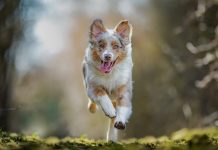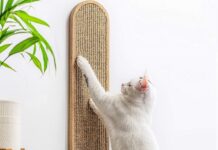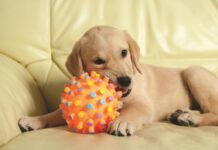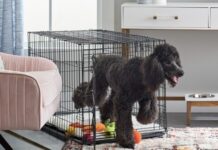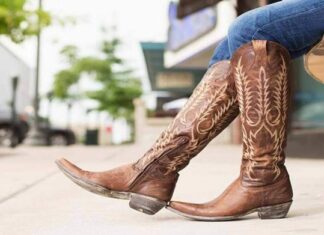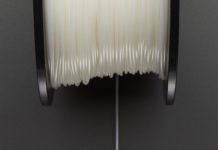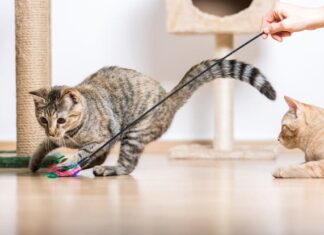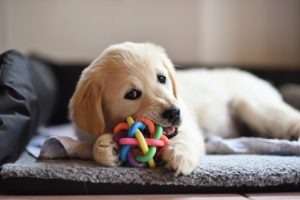
There’s nothing like the sound of a dog happily chomping on their favourite chew toy… except maybe the sound of that same pup chewing on their bed! While it’s natural for pups to chew, this quickly becomes a problem when they start gnawing on their own furniture. Not only can it destroy their bed, but it’s also dangerous if they swallow any pieces.
So, if your furry friend has taken a liking to their cuddler as a chew toy, it’s time to take action.
Consider a Chew-Proof Bed
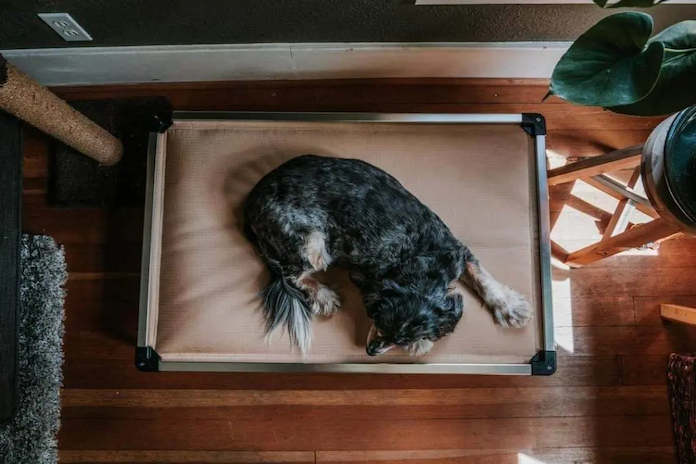
Before you give up and decide it is what it is and decide to buy a new bed every few months or so, there’s a simple solution that could save you both time and money: a durable tough chew dog bed. These are made from tough, chew-resistant materials like heavy-duty canvas and ripstop nylon, with reinforced seams and stitching to ensure they withstand even the most active and energetic pups. They also come in a range of sizes and styles to suit different dogs and preferences. From cosy snuggle beds to elevated cots to outdoor-friendly mats, there’s something for every pup.
Another great feature of modern tough dog beds is that they’re easy to clean. Many of the designs come with removable, machine-washable covers, so you can keep them looking and smelling fresh even after heavy use. And of course, the manufacturers always have your dog’s comfort in mind. You can easily find a tough chew dog bed with soft, supportive padding and ergonomic design to help your pup get a good night’s sleep, even after a long day of playing and exploring.
What’s the Best Material for a Chew-Proof Dog Bed?
When it comes to buying a tough dog bed in Australia, there are a few materials that are particularly good:
Heavy-Duty Canvas: Canvas is a strong and durable material that can hold up to your dog’s claws and teeth. It’s also breathable and easy to clean, making it a popular choice for outdoor dog beds;
Ripstop Nylon: This material is resistant to tearing and ripping, making it a good choice for pups who like to scratch and chew. Like heavy-duty canvas, it’s lightweight and low maintenance, making it a popular choice for travel beds;
Polyester: This is another material that you can find in a tough dog bed, but it’s not as chew-resistant as the other materials I mentioned above. While polyester can be durable and easy to clean, it’s also more prone to snags and tears than materials like nylon or canvas.
Train Your Dog
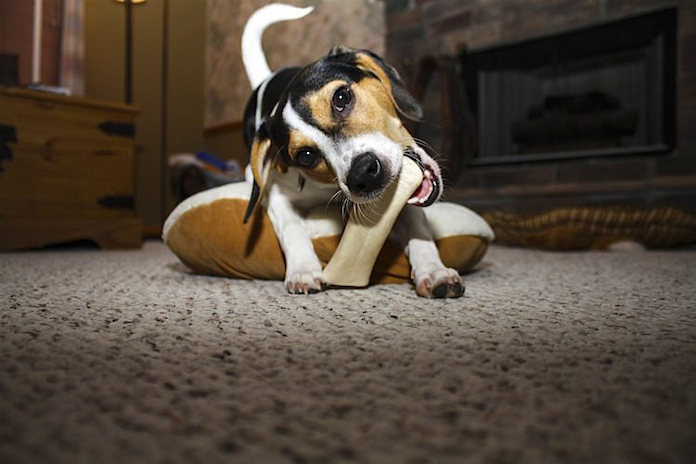
Many pups have a natural urge to chew, which can lead to destructive behaviour if left unchecked. But there are a few ways you can train your dog to stop chewing on their bed. One effective training tool is a dog collar or deterrent spray. Some of these products contain bitter-tasting substances that discourage your pup from chewing on their furniture. The idea is that your dog will associate the unpleasant taste with their bed and eventually learn to avoid it altogether.
However, you shouldn’t use these products as a replacement for proper training and supervision. While a no-chew collar or deterrent spray can be effective, you should use them in conjunction with other training methods, such as positive reinforcement and redirecting your pup’s attention to appropriate chew toys. Consistency is key when it comes to training. With patience, positive reinforcement, and the right training tools, you can help your furry friend break the habit of destructive chewing and enjoy a comfortable, intact bed.
Give Them Chew Toys
Dogs have a natural urge to chew, so giving them an appropriate outlet for this behaviour can help prevent destructive chewing on other items. When selecting chew toys for your pup, it’s important to choose ones that are appropriate for their size and chewing habits. Look for toys made from durable materials like rubber or nylon and avoid toys that they can easily destroy.
It’s also a good idea to rotate their toys regularly, as this helps to keep them engaged and interested in their chew toys. Try introducing new ones every few weeks and remove those that wear out or damage to prevent your dog from accidentally ingesting small pieces.
Leave the TV On
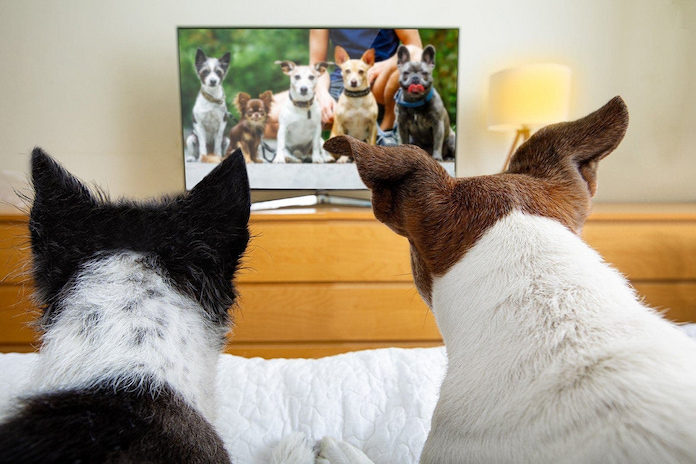
Pups are social animals and often crave companionship, so leaving the TV on while you’re away will provide them with some background noise and a sense of comfort. Research shows that certain types of programming, such as nature documentaries or calming music, have a calming effect on dogs. This can help reduce anxiety and stress, which are common triggers for destructive chewing behaviour.
When leaving the TV on for your dog, it’s important to choose programmes that are appropriate and safe for them to watch. Avoid programmes that feature loud or sudden noises, or anything that could be overly stimulating or frightening for them.
It’s also important to note that you shouldn’t use TV as a replacement for proper training and supervision. While it can be a helpful tool in reducing destructive chewing behaviour, you should use it in conjunction with other training methods, such as providing appropriate toys and positive reinforcement!


